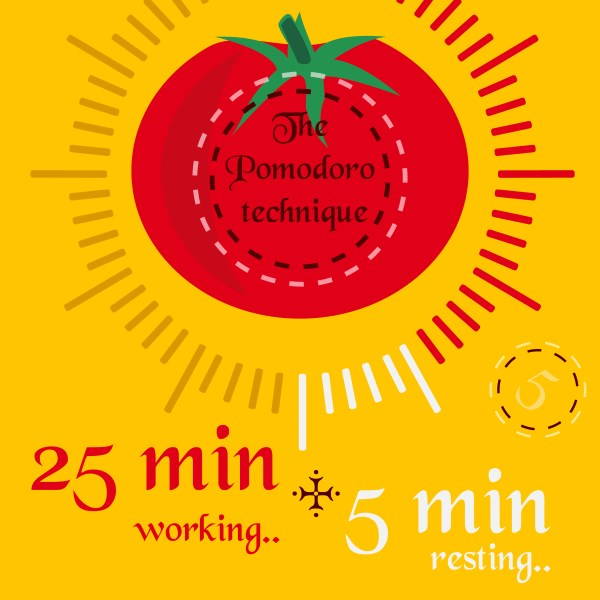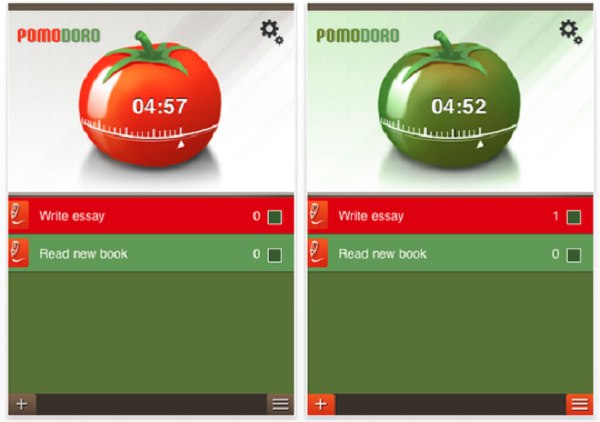The Pomodoro Technique: simple, clear, within everyone's reach, it favors better time management and production efficiency.
Don't store avocado like this: it's dangerousTime goes by, indeed it runs away between your fingers and you can't do everything you should? Don't worry: the solution is within everyone's reach. Just a "tomato", more precisely one of those that have the function of kitchen timer, and - adding a little planning - the game is almost done. In a nutshell, this is what the Pomodoro Technique guarantees: built - at the end of the Eighties - by Francesco Cirillo, allows you to organize and optimize your time, making it more productive.
There are three strong points:
- un different way of looking at time, no longer focused on flowing (the consequence is a reduction in anxiety and an increase in personal effectiveness);
- un better use of one's mind, focused each time on a specific task-objective (which facilitates learning, execution, clarity);
- theuse of a simple tool, even trivial to set as the timer (which does not require the use of cognitive, attentional resources, in short, no further effort beyond that connected with the activity to be carried out).
The "tomato" is a unit of measurement of time and it's worth 30 minutes: 25 for work and 5 for a break. It means you conduct your chosen activity for 25 minutes, until the timer rings. At that point, for the next 5 minutes (which will always end thanks to the ringing of the timer) something else will be done: it is forbidden to even rethink what has been done just before. All the rest, on the other hand, is especially valid if it serves to distract, rest the mind and therefore allow both a good "digestion" of what has been done and a preparation for the next step.
Every storm tomato is indivisible and non-modifiable (you cannot extend it by even a couple of minutes, even if it would be enough to finish what you are doing). Every four tomatoes, a longer break (15 or 30 minutes) is planned, always with the same characteristics of total "detachment".
So: 25 minutes of work, 5 minutes break; 25 minutes of work, break of 5; 25 minutes of work, 5 minutes break; 25 minutes of work, a break that can vary from 15 to 30 minutes. Then you start all over again, and so on. Nothing is left to chance: it helps to do the things that need to be done, without being influenced by the personal mood, by the fact that one has the desire or not.
Obviously you need a daily schedule, which consists in defining (black on white on a table, according to an order of priority: in this case it could be those who already use the bullet journal lists have an advantage) the activities they want to carry out, considering the tomato-time necessary. Each completed tomato unit represents a stage of progress towards the goal to be achieved. If, on the other hand, the Pomodoro is interrupted by someone or something, it is to be considered null, never loaded, and it will continue giving the charge to a new tomato-period: this particular condition helps to enhance time, to remain in the here and now, to progressively remove both the distractions that come from outside (organizing themselves so that they do not subtract resources and space from what is being done) and personal ones and to produce more and better.

In summary, here are the steps of the Tomato technique:
- plan actions you want to do, for example in the morning, by identifying the number of tomatoes needed for each one: report everything in a table, on a sheet
- choose an activity that you want to accomplish and that requires your full attention;
- set the Pomodoro timer so that it sounds after 25 minutes; committed, for that time, to do nothing but the planned work, whatever it may be;
- work, study, commit to that task-objective until the tomato rings; if it occurs to you that you need something else, add it in the tasks on the planning sheet;
- when the timer rings, put a check mark on the tomato unit just turned;
- take a 5 minute break; don't think about what you just did.
- every 4 Tomatoes, take a longer break (15 to 30 minutes). Then resume.
The Pomodoro works immediately, increasing concentration and productivity in work and study, but gradually becomes more and more effective: it helps to understand and predict correctly effort required and necessary time to carry out an activity, progressively reducing the error between estimated and actual tomatoes and helping to reflect and identify strategies to modify, if necessary, one's approach.
The technique is very simple, immediately applicable by anyone; however, it can be refined and made punctual by following certified courses: even online, directly with Francesco Cirillo.
READ also:
- 10 ways to stop procrastinating
Anna Maria Cebrelli


























